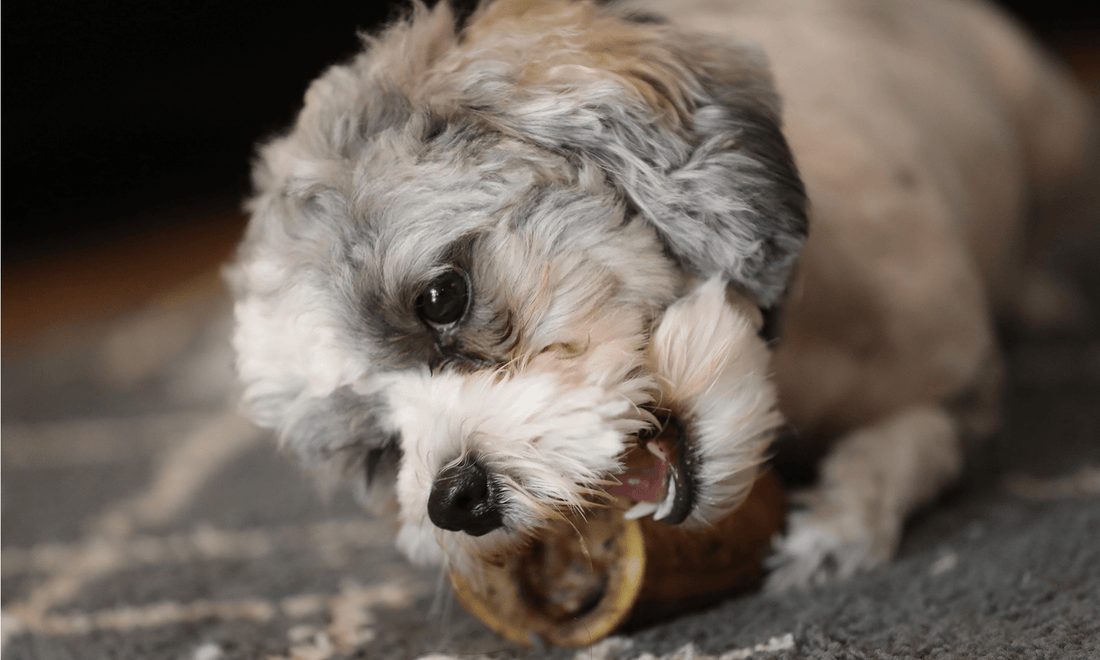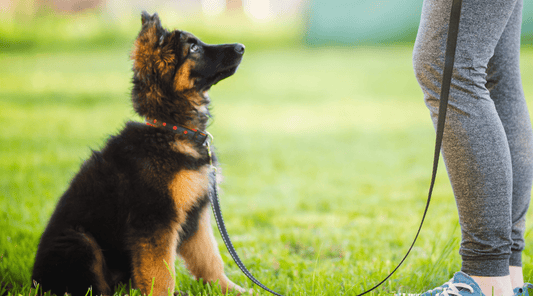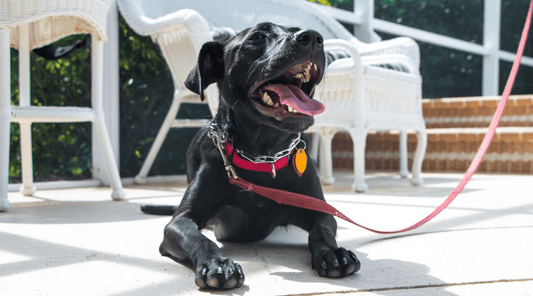How Long to Boil Marrow Bone for Dogs: Safety First
Dawn Miller Aug 09, 20245 Minute ReadI like to feel self-sufficient. I grow food, cook from scratch, and make what I can from whole ingredients—especially now that the house is quieter with the kids off to college.
So when I learned about the benefits of marrow bones for dogs, I figured I’d try making them myself. I grabbed a few from the butcher and found myself standing in the kitchen on a Saturday morning wondering: How long do I boil marrow bones for dogs?
Well, here's what I found out.
How Long Should You Boil Marrow Bones?
Technically, you can boil marrow bones for 10 to 15 minutes to kill off surface bacteria. But after trying it myself, I don’t recommend boiling them at all.
It turns out, boiling can make bones brittle. That increases the risk of splintering. And it pulls important nutrients out of the bone marrow—nutrients your dog actually needs.
Instead, I use slow-roasted marrow bones. They’re safer, tastier, and better for your dog’s health.
Can Dogs Eat Cooked Beef Bones?
Yes—but only if they’re prepared safely.
Dogs love to chew. It relieves stress, fights boredom, and helps clean their teeth. And when the bone is cooked right, it can also give them a big boost of protein, collagen, and minerals.
But there’s a lot of confusion about cooked bones. You’ve probably heard horror stories about splintering or choking. The truth is, those dangers come down to how the bone is cooked.
That’s why I don’t just toss any old soup bone to my dogs. I make sure what they’re chewing is safe, dense, and still packed with flavor.

Why I Don’t Boil Marrow Bones for My Dogs
When I first got curious about marrow bones, boiling felt like the natural DIY route. It seemed like a smart, safe option—just a quick simmer to kill any bacteria, right?
But once I looked into it, I changed my mind.
Boiling breaks down the bone's structure, making it brittle and more likely to splinter. That’s the last thing I want near my dog’s digestive tract.
It also pulls out the good stuff—like omega-3s, collagen, and minerals. Basically, you end up with a weaker, less nutritious bone that’s also riskier to chew. Not exactly a win-win.
These days, I skip the pot entirely. My dogs get slow-roasted marrow bones that are dense, safe, and roasted low and slow to keep all that nutrition (and meaty flavor) intact.
Honestly, once I saw the difference, there was no going back.
A Better Way to Prepare Beef Marrow Bones for Dogs
I tried the boiling route once. But after learning how much nutrition it strips out—and how much risk it adds—I decided there’s a better option.
Now I stick with slow-roasted beef marrow bones.
They're cooked at a low temperature for a long time, which kills off any harmful bacteria without making the bone brittle. That slow-roasting process also locks in the meaty bits and keeps the marrow rich with omega-3s, glucosamine, chondroitin, and collagen.
In other words, it’s safe, tasty, and still packed with all the stuff that makes marrow bones a healthy treat.
Sure, you could try to replicate this at home, but it’s tough to get it just right. That’s why I trust the pros—like K9 Connoisseur—who roast grass-fed beef bones to the perfect density for safe chewing and lasting nutrition.
I get to skip the boiling pot. My dogs get bones that are made for chomping.
The Best Slow Roasted Bones for Dogs of all Sizes
Once I made the switch to slow-roasted bones, I never looked back. They’re safer, tastier, and way easier than trying to cook bones myself. And over the years, I’ve tested them all—big bones, small bones, bones for chewers who think they’re sharks.
Here are my dogs’ top picks.
For Big Dogs: The Contender

My lab mix, Bruno, is a power chewer. He’s never met a bone he didn’t want to destroy. That’s why he gets the Contender.
It’s dense and durable enough to hold up to his jaws, and it’s packed with rich marrow and smoked flavor. Even better—it’s not brittle, so I don’t have to worry while he goes to town on it.
You can find it on Amazon, and one of these usually keeps him busy for several sessions.
For Medium Dogs: The Dynamo

Pixie’s my mid-sized terrier with a surprisingly strong bite. She’s picky about flavor, but she loves the Dynamo bone.
It’s just the right size for her to gnaw without frustration, and it has that slow-roasted taste she can’t resist. It’s also one of my favorite bones to refill with dog-friendly goodies like peanut butter, yogurt, or pumpkin.
Flavor-packed and versatile. What more could you want?
For Small Dogs & Puppies: K9 Delights

Little dogs need big nutrition too. That’s why I always recommend K9 Delights for puppies and small breeds.
They’re smaller, but they’re still packed with the same marrow and meaty bites you’ll find in the larger bones. These are perfect for teething pups or toy breeds that want a good chew without being overwhelmed.
And yes, you can buy them in bulk—because once your dog tries one, you’ll want more on hand.
Tips for Safe Chewing on Roasted Beef Bones
Even the best marrow bones need a few ground rules to keep things safe and fun.
Choose the right size. Your dog’s bone should be larger than their mouth—no exceptions. When in doubt, go bigger. A bone that’s too small can become a choking hazard fast.
Supervise every chew session. I always keep an eye on my dogs when they’re gnawing. If the bone starts to crack or splinter, it’s time to take it away.
Now, I’ll be honest—Bruno’s not exactly thrilled when I do that. He treats his bones like buried treasure.
So, I keep a few beef lung bites handy. They’re high-value, all-natural dog treats, and they make the perfect trade. He drops the bone, I scoop up the shards, and peace is restored.
Stick to moderation. Even though roasted beef bones are nutritious, they should be a treat, not a meal. I offer them 2–3 times a week for about 15–20 minutes per session.
To make them last longer, I store the bone in the freezer between sessions. It keeps things fresh and adds a little extra chewing challenge.
So... Can Dogs Eat Cooked Bones?
Technically, yes. Dogs can eat cooked bones—but only if they’re prepared properly. And that’s a big if.
The problem is, boiling bones at home makes them brittle. That increases the risk of splintering, which can cause serious internal injuries. Add in the nutrient loss from high-heat cooking, and it’s just not worth the risk.
I’m all for doing things myself, but this is one area where I leave it to the pros.
Instead of boiling bones in my kitchen, I source slow-roasted marrow bones from a trusted vendor. The bones come from grass-fed cattle raised in the USA and are cooked at low temps to retain nutrition and stay safe for dogs to chew.
Could you boil one yourself? Sure.
Should you? I wouldn’t.
When it comes to the safety of someone you love—even the four-legged kind—I always say: just because you can doesn’t mean you should.
Available On:
Disclosure: This article may contain affiliate links, which means we may earn a small commission if you make a purchase through these links—at no extra cost to you. We only recommend products we trust and believe will benefit you and your K9.






